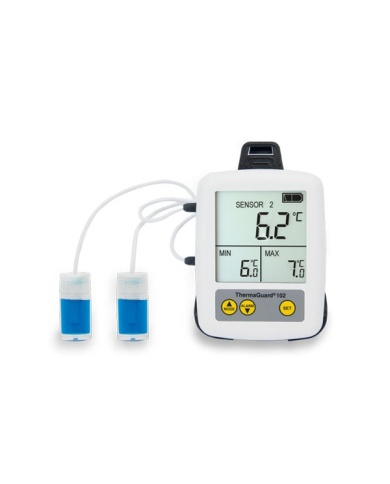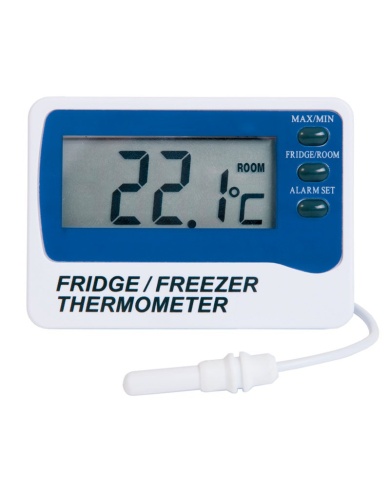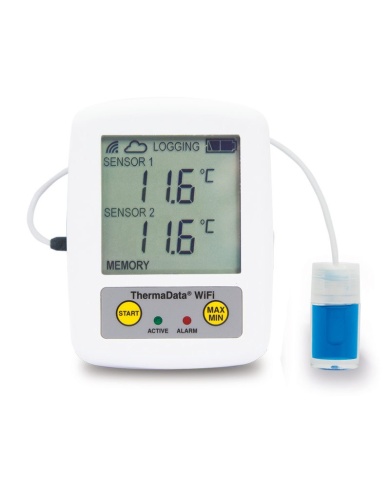The Covid Vaccine: Logistics on Another Level
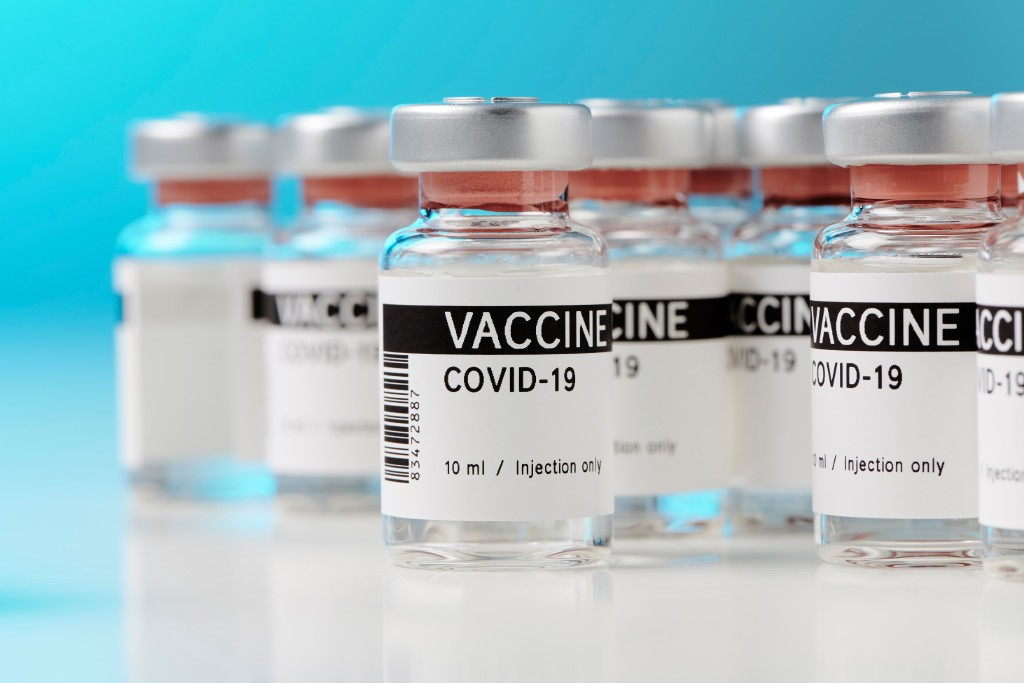
The welcome news of a Covid-19 vaccine brings with it novel challenges. There is still a great deal of work to do before enough people have access to the vaccine to create herd immunity. Those in cold-chain logistics are springing into action to meet new demand. It is fair to say that this is a vast and unprecedented challenge.
The scale of the challenge
With many vaccines requiring refrigeration and the delivery of refrigerated and frozen food a daily occurrence, one might assume that Covid-19 vaccine distribution simply requires a scale-up of current infrastructure. However, the challenges are greater than many anticipated. The majority of vaccines require temperatures between +2 and +8°C. Frozen food delivery typically requires temperatures around -20°C. In contrast, a number of the leading Covid-19 vaccines will require ultra-low temperatures, in some cases as low as -80°C. Maintaining these ultra-low temperatures typically requires liquid nitrogen or dry ice. Work is being done to develop effective vaccines that require less trying conditions. Whichever version – or versions – of the vaccine become widely used, exceptional efficiency and reliability will be required from the cold-chain logistics sector.
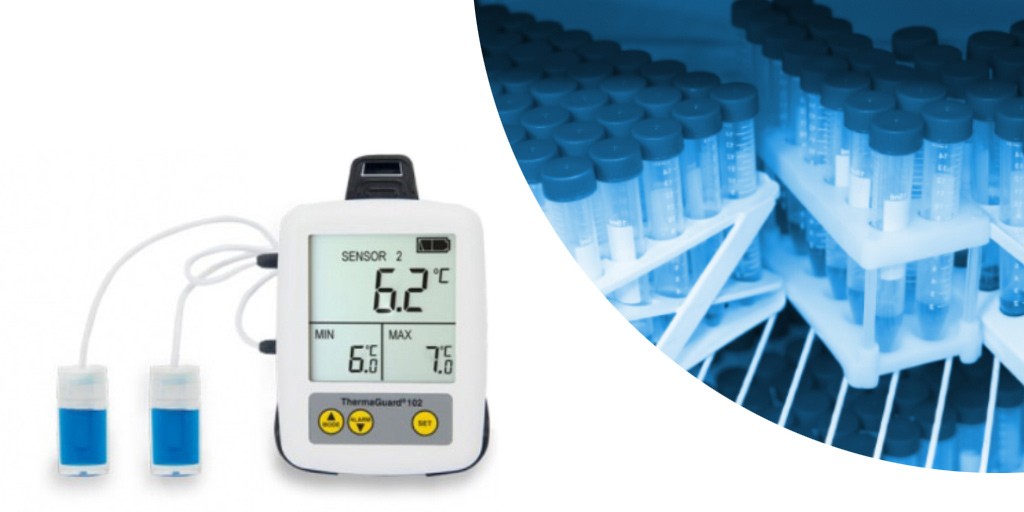
The importance of monitoring
Covid-19 remains an unpredictable virus. Originally thought to affect the lungs primarily, as with other coronaviruses, the coronavirus that causes Covid-19 has proved itself to be vastly more complex. As the pandemic developed, reports arose of symptoms including ‘sticky blood’, neurological effects, and ‘Covid toe’. There are also reports of ‘long Covid’ – symptoms that last for months or indefinitely. Those with the virus vary from having no symptoms at all to suffering fatally. This unpredictability means it is all the more important that every element of the vaccination programme is controlled and monitored; there is no certainty that an outbreak could be caught early were any of the vaccines to be ineffective.
Temperature sensors will be a key element of cold-chain control. Just a decade ago, safe and effective distribution of vaccines on such a scale would have been virtually impossible, even were they to be stored at standard vaccine temperatures. Until relatively recently, temperature monitoring had to be carried out manually. Every few hours, someone would physically need to measure and record the temperature of the storage facilities. If something went wrong between measurements, there was more than enough time for many of the vaccines to be lost before the issue was noticed. However, measuring any more regularly would slow transit of the vaccines requiring far more resources to keep the vaccines cool for the entire period and limiting their shelf-life once they arrived at the medical centre. In the process, the doors of the transit container would need to be opened and, when dealing with the temperatures required by some of the Covid vaccines, this could allow in damaging amounts of heat.
Wireless data loggers have revolutionised the market. They monitor and record the temperatures in both storage and transport facilities. Real-time data collection is particularly important. The World Health Organisation (WHO) estimates that over 50% of vaccines worldwide are wasted each year. A great number of these are lost due to inefficient delivery and storage. Real time data monitoring will ensure that immediate action can be taken if temperatures exceed necessary levels. WIFI-enabled data loggers transmit data via the cloud to be stored on local devices. The data will then be passed through a WIFI router to a computer regardless of where the user is at that time. Both software and hardware used in delivery will need to be both powerful and user-friendly; at this scale, many in the supply chain will need to be thoroughly trained in how to use the equipment.
User friendly design is especially important as, at the necessary scale, it seems likely that much of the work worldwide will fall to organisations outside the medical and drug sectors. Those working in the supply chain will have to reliably monitor the vaccines throughout their delivery and take action if conditions are not ideal. Implementing clear procedure and user-friendly technology will be the most reliable means of achieving this.
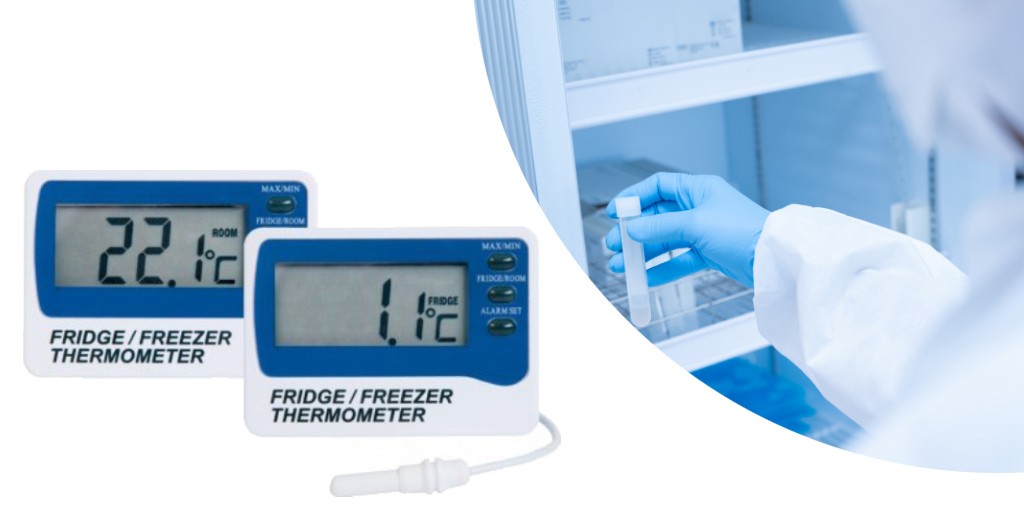
Creating a resilient, affordable system
The system for vaccine delivery will need to be highly efficient and highly resilient. It will push even the most experienced logisticians to their limits, but today’s technology is making even this gargantuan task possible.
Redundancy will need to be built into the system. All recordings should be backed up and operators should receive live data updates at regular intervals. Many loggers will likely utilise two sensors in a single device for further precision. Cost will also need to play a factor; the overall cost of the data logger may be more than that of the device itself. Software and batteries will all need to be accounted for. While these may seem like small elements, at the level of worldwide distribution, offering competitive costs for reliable hardware will be incredibly valuable.
This year has been one for adaptation and innovation. Even some of the simplest tasks have become vast logistical challenges. The way sectors have and continue to pull through, reinvent, and adapt is inspiring. Smart technology and accurate data will be at the heart of creating a system that can deliver a vaccine globally. Faced with a logistical task of this size and complexity, it can be tempting for many to cut corners and easy to forget the finest details. However, that isn’t an option. Rolling out of vaccines will be a task on an unparalleled level but with it, the end of the pandemic is in sight.
Article originally featured in Pharmaceutical Manufacturing and Packing Sourcer magazine.
